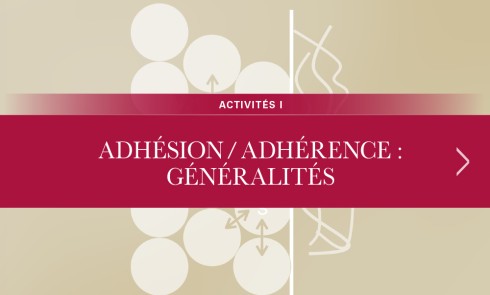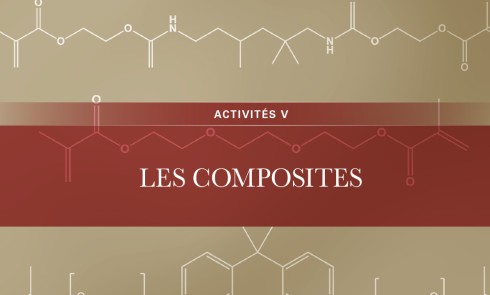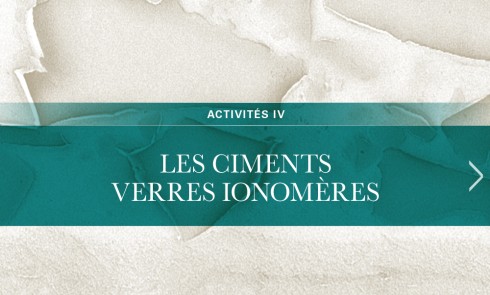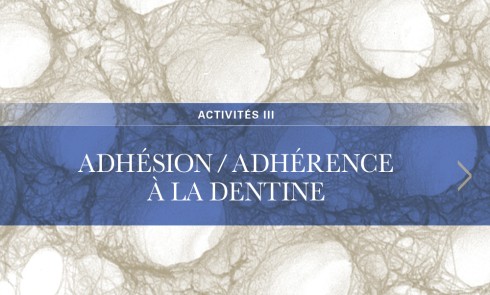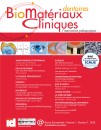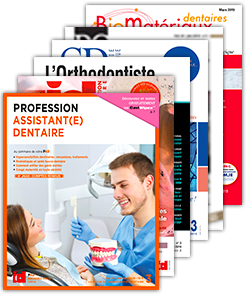Zirconia as densely sintered pure oxide ceramic1 does not contain any glassy phase2. So – in contrast to silicate containing glass-ceramics3 – no microretentive etching pattern can be created via hydrofluoric acid etching [1]. Furthermore, as zirconia does not contain any silica, silanes cannot be used to promote bonding [2]. The abundant number of publications evaluating bonding to zirconia ceramics implicates that bonding to zirconia ceramics might be still a clinical problem in dentistry [3].
However, zirconia bonding is no problem anymore, when clinically proven methods for zirconia ceramic bonding are used. These methods utilize firstly cleaning, roughening and chemical activation through airborne particle abrasion4 using pure alumina particles. Although some researchers question the effectiveness of air-abrading zirconia, recent studies of our group have shown that air-abrasion with 50 µm alumina at a reduced pressure of 0.05 MPa (7 psi) is able to adequately condition the bonding surface [4-6].
In addition to air-abrasion, secondly phosphate monomers should be used as most effective chemical coupling agents to air-abraded zirconia. Phosphate monomer luting cements (e.g., Panavia [Kuraray, Tokyo, Japan]), or phosphate monomer primers such as Clearfil Ceramic Primer (Kuraray) or Monobond Plus (Ivoclar Vivadent) used on freshly air-abraded zirconia are very reliable bonding method as shown by multiple clinical studies with non-retentive or minimal retentive prosthetic restorations such as resin-bonded fixed dental prostheses5 with retainer wings6 or inlay retainers [3, 7]. However, it is of outmost importance that contamination of the air-abraded zirconia surface with saliva or other contaminants must be avoided as this would prohibit chemical bonding of the phosphate monomer to zirconia.
In the opinion of the author, the optimal method to show that a specific bonding method is capable to provide durable resin bonding to zirconia is to use it for non-retentive…
Can we bond to zirconia?
- Par
- Publié le . Paru dans Biomatériaux Cliniques n°1 - 31 mars 2016 (page 70-71)


Cet article est réservé aux abonnés.
Pour lire la suite :
Vous êtes abonné.e ?
Connectez-vous

Pas encore abonné.e ?
Abonnez-vous

Abonnez-vous pour recevoir la revue et bénéficier des services en ligne et des avantages abonnés.
Vous pouvez également :
Acheter l'article
En version numérique
Acheter le numéro
À l'unité

